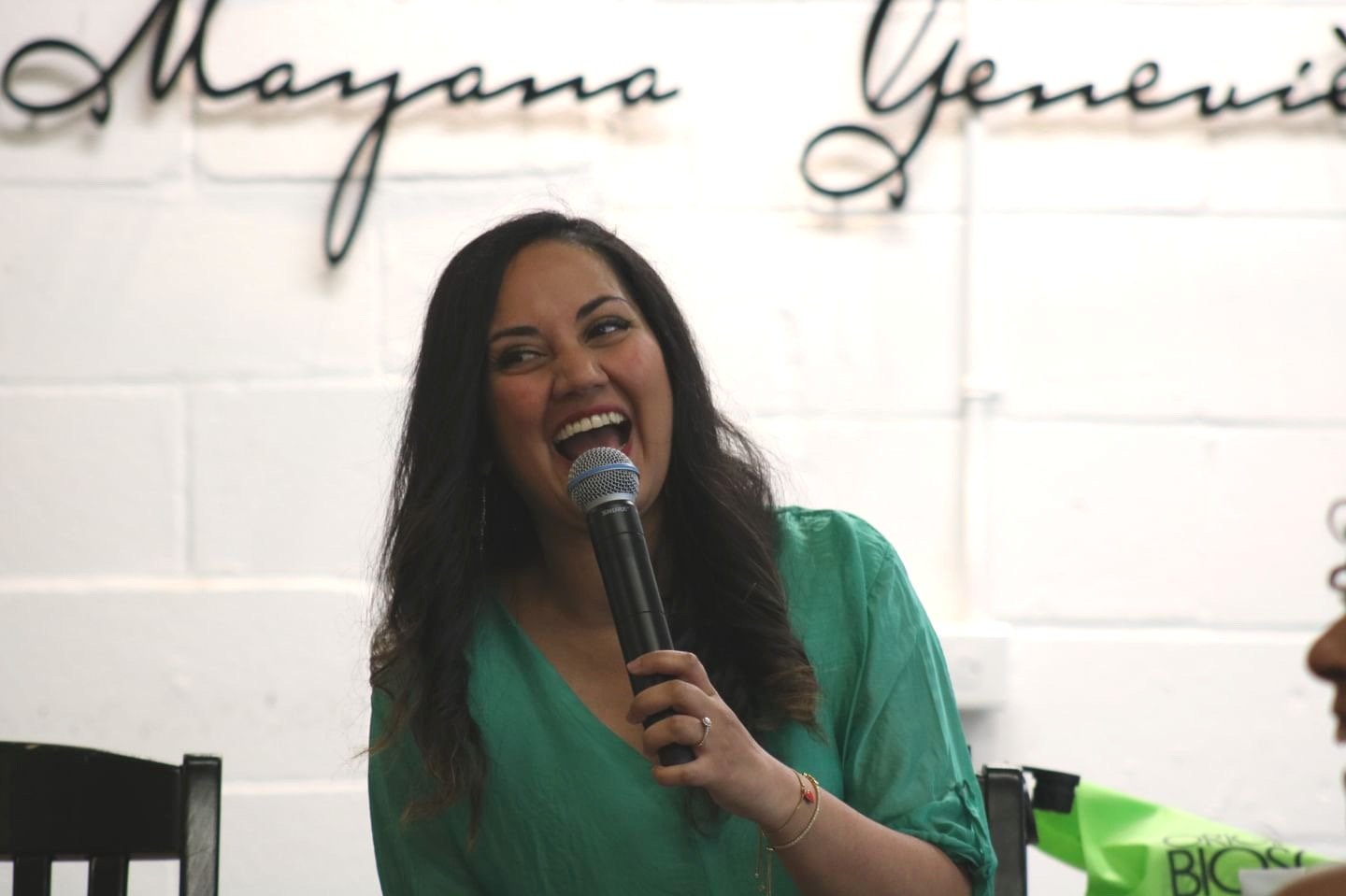Automatically Sending Tasks in Bear Notes to Todoist
There were two notable things I did this weekend: spend it with my kids, as it was my wife’s weekend to work (she’s a nurse and must work one weekend per month), and build a series of clever automations using Apple’s Shortcuts app. I love using the Bear Notes app for most things, like quickly logging tasks. This includes my 5 Critical…

